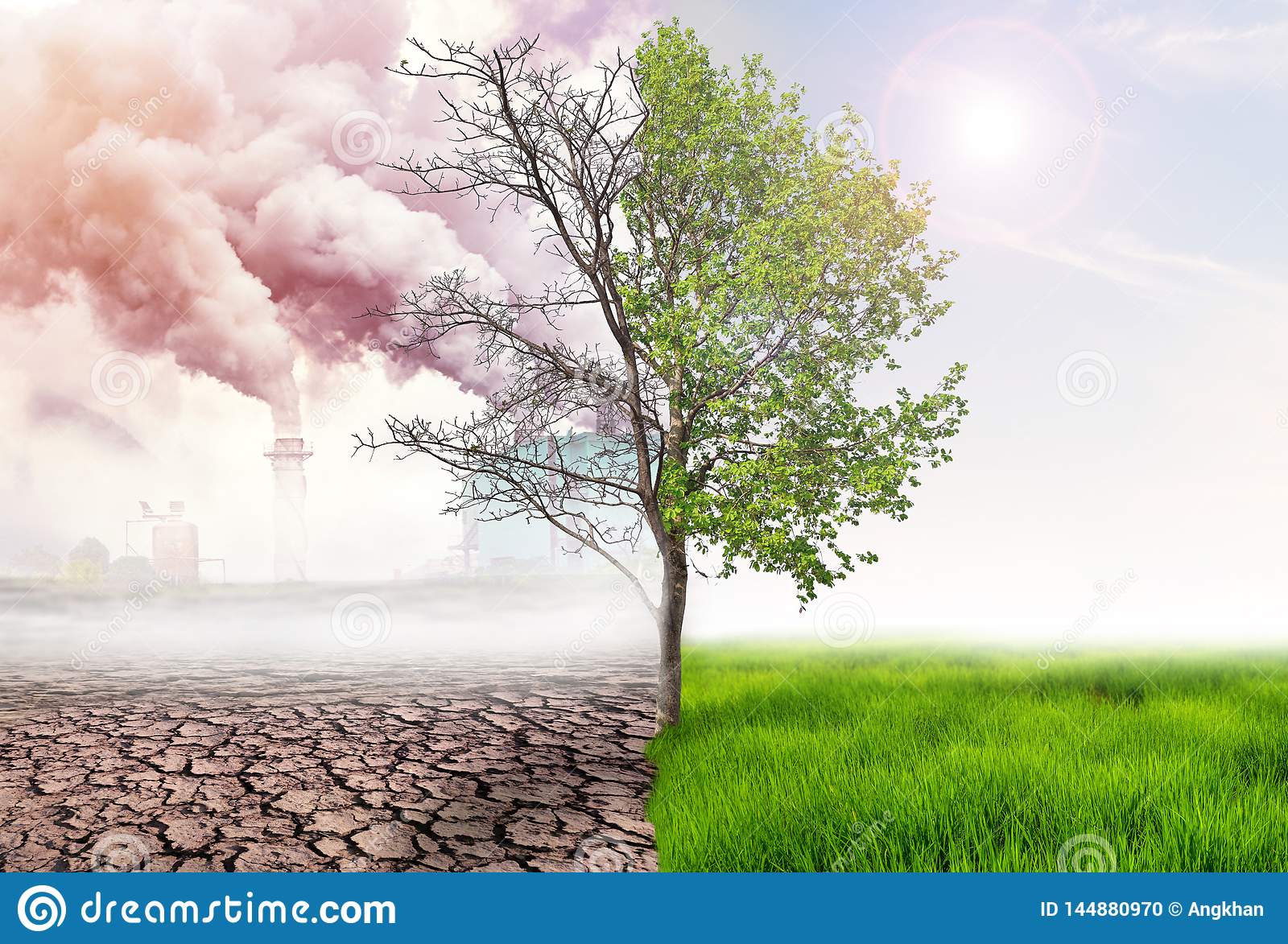
Air pollution has become a common phenomenon in the urban centres of the country. In recent times, a lot of emphasis has been placed on improving the air quality in urban centres. Air pollution in India is quite a serious issue with the major sources being fuel wood and biomass burning, fuel adulteration, vehicle emission and traffic congestion. In autumn and winter months, large scale choad residue burning in agriculture fields - a low cost alternative to mechanical tilling - is a major source of smoke, smog and particulate pollution. India has a low per capita emissions of greenhouse gases, but the country as a whole is the third largest after China and the United States.
The Air (Prevention and Control of Pollution) Act was passed in 1981 to regulate air pollution and there have been some measurable improvements. However, the 2016 Environmental Performance Index ranked India 141 out of 180 countries.
Air quality modeling is a tool for predicting the air quality at the places where it is not being monitored and also across the time horizons. It has been used extensively in devising appropriate strategies for air quality management. Moreover, air quality models have been used in environmental impact assessment studies to predict the impact of proposed projects over the air quality of the region, so that mitigation measures can be drawn for pollution prevention.
Both the monitoring and modeling of air pollution is essential to provide a picture of the damage humans are doing to the environment, and to enable pollution problems to be discovered and dealt with Air Pollution abatement.
The objective of this programme is
1.To understand the basic concepts of Air quality monitoring and modeling
2.To learn the data requirements, input data preparation and methodologies for carrying our air quality modeling
3.To provide a demonstration on the use of an Air quality model
25 – 27 May 2021